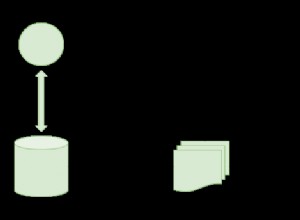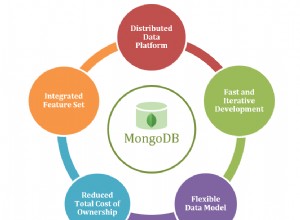Poniższy potok powinien dać ci pomysł
db.getCollection('yourCollection').aggregate(
{
$unwind: {
path: "$dates",
includeArrayIndex: "idx"
}
},
{
$project: {
_id: 0,
dates: 1,
numbers: { $arrayElemAt: ["$numbers", "$idx"] },
goals: { $arrayElemAt: ["$goals", "$idx"] },
durations: { $arrayElemAt: ["$durations", "$idx"] }
}
}
)
co daje następujące dane wyjściowe dla twojej próbki
/* 1 */
{
"dates" : NumberLong(1399518702000),
"numbers" : "5982",
"goals" : "1",
"durations" : "78"
}
/* 2 */
{
"dates" : NumberLong(1399126333000),
"numbers" : "5983",
"goals" : "0",
"durations" : "45"
}
/* 3 */
{
"dates" : NumberLong(1399209192000),
"numbers" : "5984",
"goals" : "4",
"durations" : "90"
}
/* 4 */
{
"dates" : NumberLong(1399027545000),
"numbers" : "5985",
"goals" : "2",
"durations" : "90"
}




